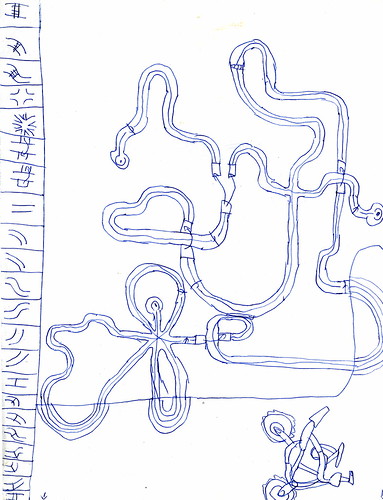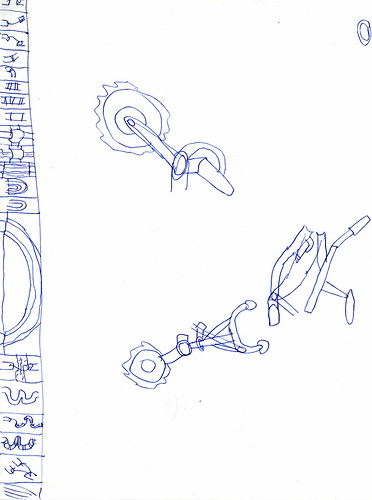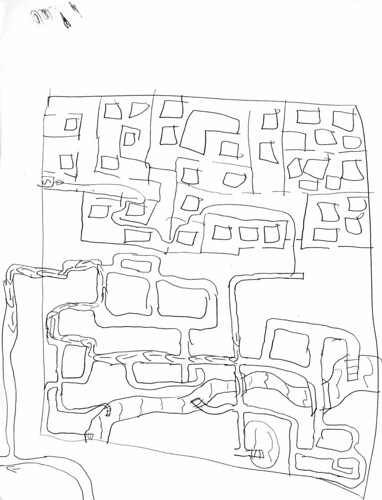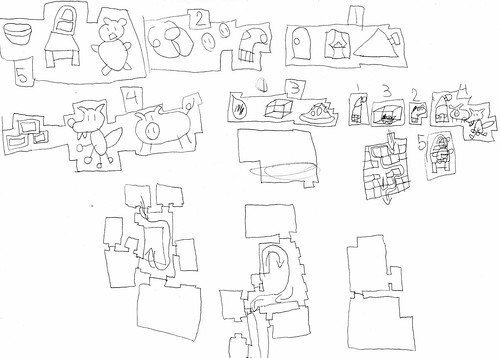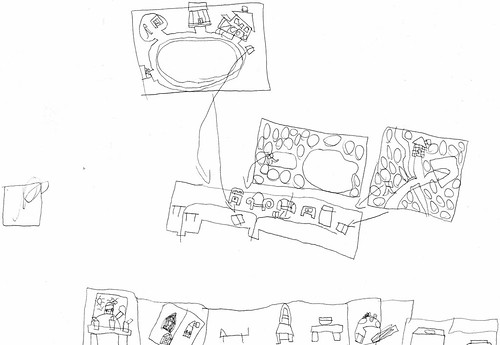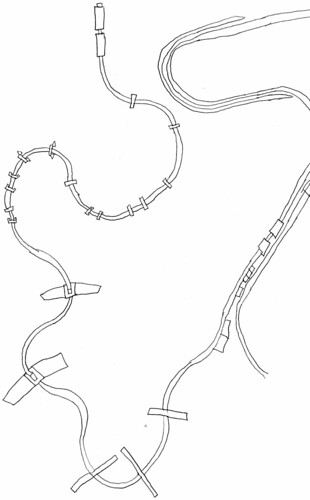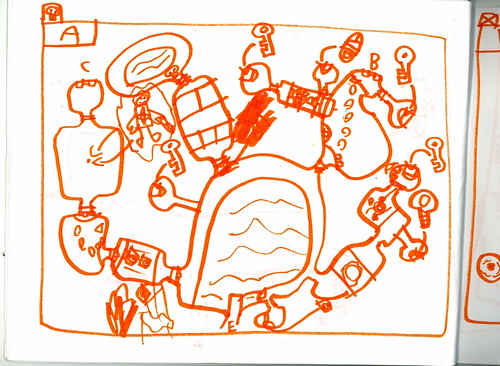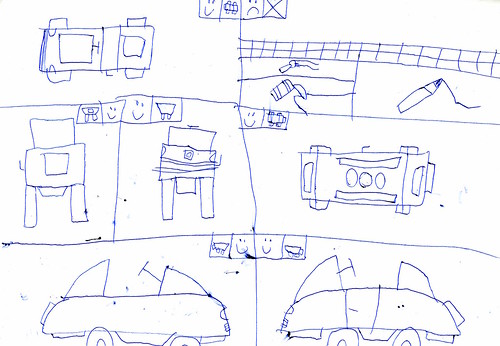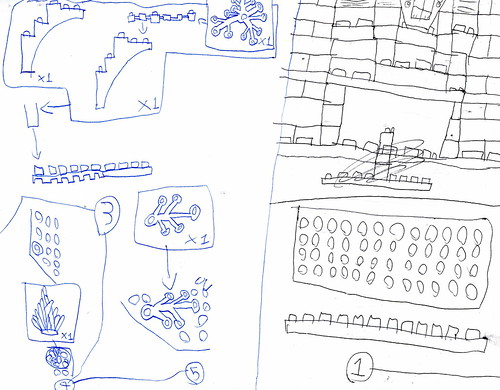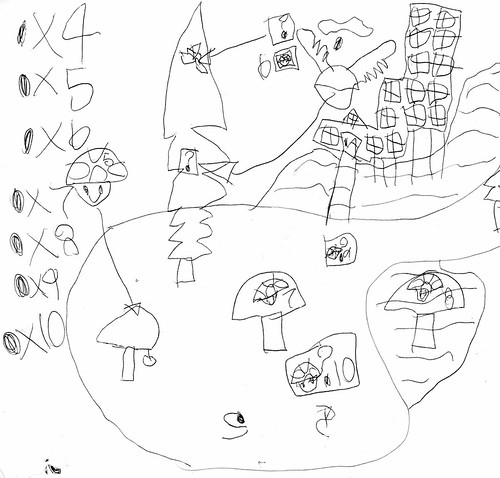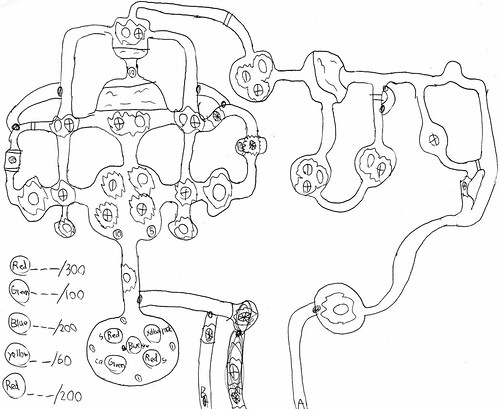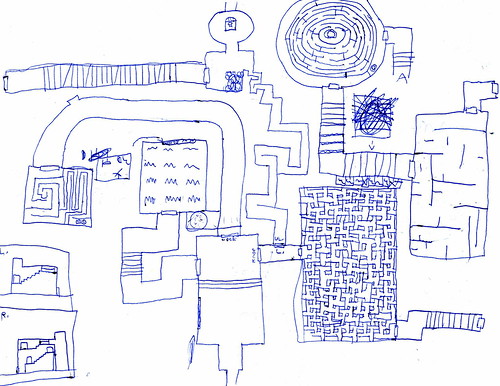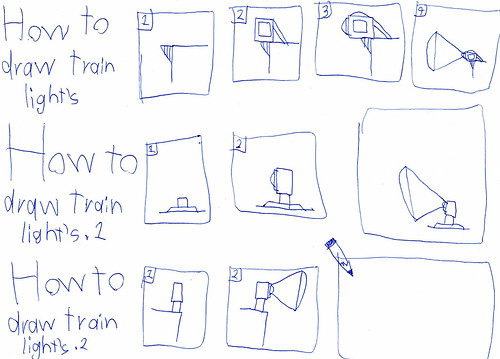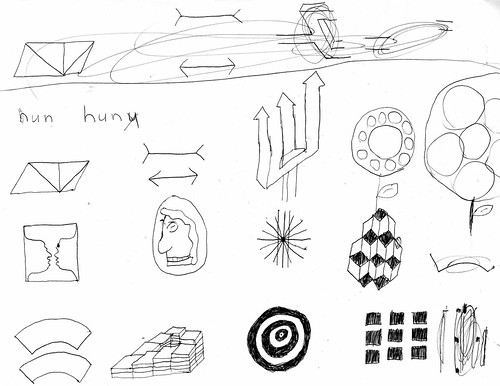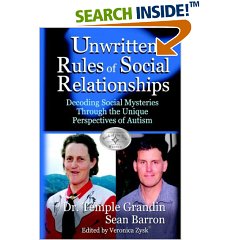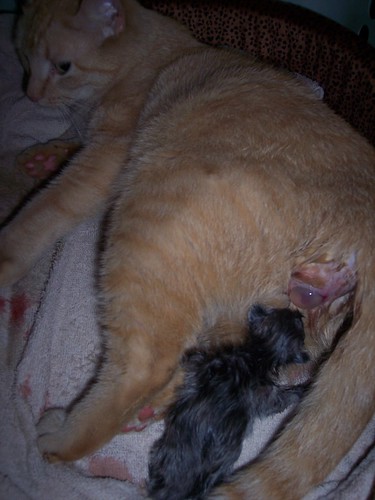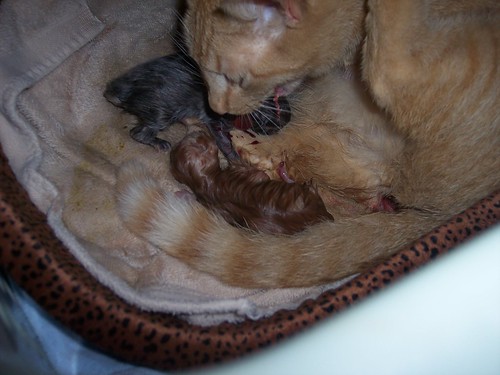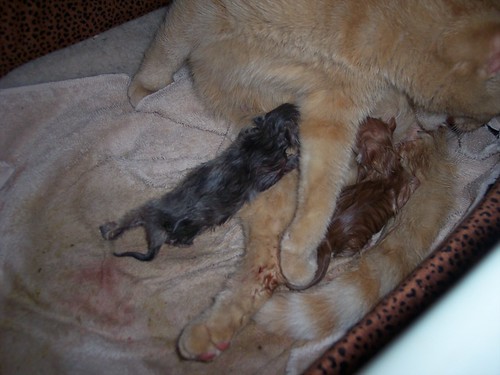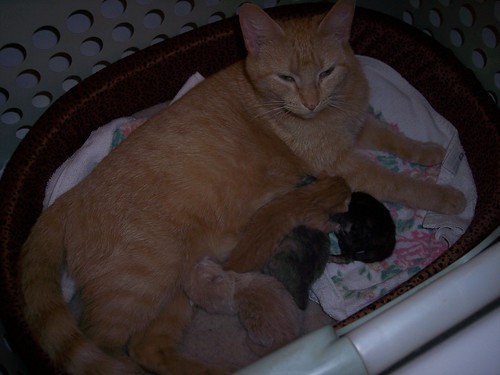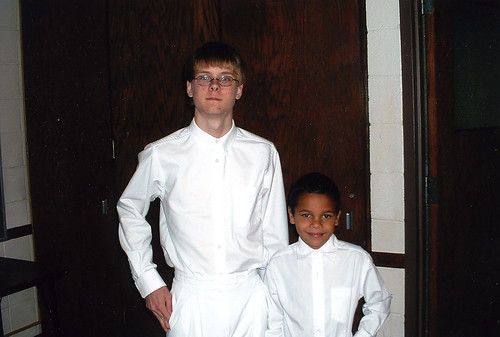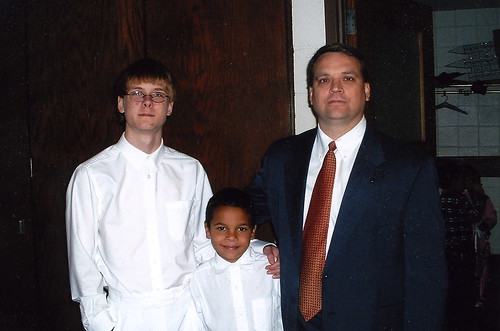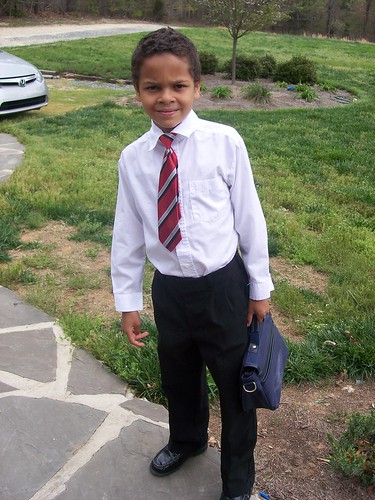I wrote a post about how my 13-year-old son living with autism identifies himself as “autistic”. He likes being autistic. I both love that he feels this way, and at the same time, have some uncomfortableness with it. This post is sorting through why I feel unsure of his label of “autistic.”
I think what surprises me the most is that none of my children until Alex has identified with a “label” before. They don’t call themselves homeschoolers or unschoolers; they are homeschooling or living life, in their perspective.
They are not right-brained learners or creative learners or visual learners; they simply “like Legos” or drawing or ceiling fans or trucks.
They are not autistic or ADD or dyslexic; they simply can identify their strengths and weaknesses.
So, to have a child identify with a label, “autistic”, is different. I think I have steered away from “labels” because they are confining. Someone said, “Once you define it; it can confine you.” I talked about that here before.
Labels carry societal connotations. Most “disability labels” carry a negative, needy, or “less than” perspective with it. I will listen to people who work hard at helping their child with dyslexia, for example, take pride in it. The problem with that is two-fold for me. First of all, anyone who hears a label brings their own life experiences, beliefs and perspectives as they process the label and subsequently categorize it. Our brains are meant to categorize based on these criteria. Naturally, I know new connotations cannot develop without steps from those living it in creating the new reality. However, that leads to the second problem: Some labels are not as they seem. Taking the dyslexia label, I believe this “difficulty” was created by our inaccurate perception of the needs of these learners. There would be little to no “dyslexia” if we pursued the education of the right-brained learner in a way that works best for them. So, the label “dyslexia” or “autism” is only as accurate as we understand today. That’s limiting, in my opinion.Some of the treatments used for erectile dysfunction are penile prosthesis, psychosexual therapy, transurethral therapy, vacuum https://pdxcommercial.com/property/5201-sw-westgate-dr/ cialis without prescription pumps, hormone treatment, surgical treatment and psychological treatment.
That leads to why I chose a particular path in raising my children. It was always important to me to have my children view themselves holistically, which more means to recognize their natural states of progression than to define the whole in a finished (and thus limited) way. By using DESCRIPTIVES versus LABELS, it simply identifies a small part of knowledge gleaned from where we currently are on our journey already traveled while recognizing there is information yet to be gathered from the journey still to be traveled. Thus, DESCRIPTIVES are dynamic . . . changing as the person does. DESCRIPTIVES also tend to have positive connotations because they often describe character traits: persistent, creative, flexible, compassionate, hard-working, goal-driven, spontaneous, etc.
On the flip side, when DESCRIPTIVES are used to explain weak areas, it tends to carry the idea that one knows themselves and it shares preferences. Also, there is an opposite positive description. I prefer hands-on and visual information to auditory. I work best alone than in groups. I find that I can work in a noisy environment if I use my iPod.
LABELS seem to paint large strokes that may not always be accurate. With the word “autistic”, there is a continuum of possibilities to what that means. I believe each of my five birth children have fallen somewhere on the spectrum of autism; but they are SO different from one another! One word cannot begin to describe each person’s individuality. So, by using that label, how does it help someone know you better? A young woman at our church first introduced herself to the single young adults as “having Asperger’s.” My daughter has befriended her not because of Asperger’s, but because she could tell she wanted a friend. As their friendship has tried to blossom, the label “Asperger’s” keeps interfering. “I want a job, but I have Asperger’s.” “It’s hard living with Asperger’s.” Abbey tries to ask her questions about her interests and such, but it seems to keep going back to Asperger’s. Is this being comforable with Asperger’s, or is this being confined by it?
I love that Alex embraces his autistic traits. He loves that he engages in his interests to a deeper level than most and a longer timeframe. But, he could love his passion, his meticulous curiosity, and his love of learning that is more descriptive to what he loves than being “autistic” does. Now, I am a person of balance. I recognize the benefit of labels for ease of identification of likenesses. I use the word unschooling, autism, right-brained learner, as some identifiers to meet others who will enjoy conversations, interactions, and sharing discoveries in a similar vein as myself. Feeling good about oneself and all the parts that make up myself as I understand it today is important, including living with autism. I don’t tend to throw out the baby with the bathwater in these instances. I recognize what is good about Alex’s self identification because it is his life experiences and perspective that led to it. I also embrace my perspective toward descriptions as my preferred mode of identification and can continue to utilize that genre even as each child chooses their own model of self-identification. It’s all good in its own way.

